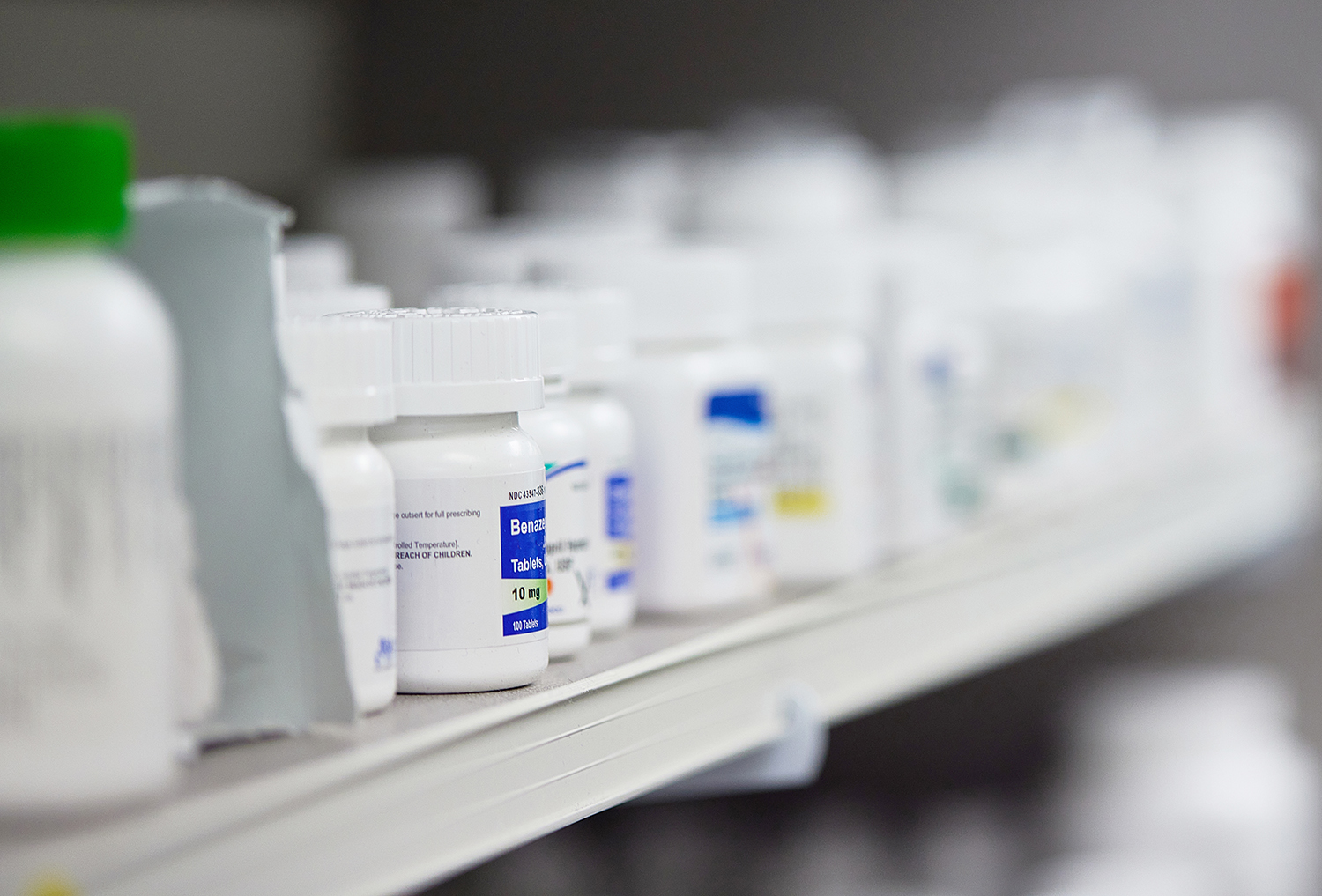The 340B Drug Pricing Program is a federal health care law that provides significant discounts and reimbursements on prescription drugs for many healthcare providers, including several categories of hospitals. This article discusses how to determine if your hospital qualifies as an eligible entity, and what you should know about each category of hospital in order to qualify for these discounted drug prices.
What categories of hospitals are considered eligible for application for 340B participation?
- Disproportionate Share Hospitals (DSH)
- Sole Community Hospitals (SCH)
- Rural Referral Centers (RRC)
- Critical Access Hospitals (CAH)
- Children’s Hospitals (PED)
- Free-Standing Cancer Hospitals (CAN)
What are the 340B eligibility requirements?
In order for hospitals to qualify for the 340B program, they must meet the three requirements below — unless they are Rural Hospitals; in which case, they must meet only the first two requirements.
1) Government ownership or government-controlled.
Under this requirement, hospitals must be either A) Owned or operated by a unit of state or local government, B) Public or private non-profit corporations which have been formally granted governmental powers by a unit of their state or local government, OR C) Private non-profit hospitals under contract with their state or local governments to provide health care services to low-income patients who are not entitled to Medicare or Medicaid benefits.
2) Disproportionate Share Hospitals.
Disproportionate Share Hospitals must have an adjustment percentage (the percentage by which the hospital’s allowable operating costs of inpatient hospital services exceeds the hospital’s target amount) higher than 11.75% for the most recent cost reporting period ending before the calendar quarter involved. Sole Community Hospitals and Rural Referral Centers must have an adjustment percentage of greater than 8 percent.
Free-standing children’s hospitals and free-standing cancer hospitals must have a payer mix that gives them a DSH percentage of greater than 11.75 percent. Critical Access Hospitals do not have a DSH adjustment percentage requirement.
NOTE: A hospital’s DSH adjustment depends on the number of inpatient days of its Medicaid and Supplemental Security Income (SSI) patients.
3) DSH hospitals, children’s hospitals and free-standing cancer hospitals meeting the first two criteria.
These hospitals are eligible to participate in the 340B program if they do not obtain covered outpatient drugs through Group Purchasing Organizations (GPOs), or through other group purchasing arrangements. That said, hospitals participating in 340B as CAHs, RRCs and SCHs are not subject to the GPO prohibition.
What types of facilities are included in the 340B program?
Covered Entity Hospital Facilities include:
- Freestanding acute care general hospitals
- Psychiatric hospitals
- Long term/continuing care nursing homes
- Home infusion therapy centers
- Hospices
- Federally qualified health centers
- Rural health clinics
- State mental institutions
- Indian Health Service facilities
- Federally Qualified Health Centers
- Community-based rehabilitation programs.
What pharmacies can I use for 340B discounts?
Any retail pharmacy located at your hospital’s main address, and reimbursable on your Medicare cost report, may purchase and dispense discounted drugs for outpatient use.
You may also dispense 340B-discounted drugs through an outpatient pharmacy, or by administering them directly to patients 1) During clinic visits to your emergency room, 2) As part of same-day surgeries or chemotherapy, or 3) In any other outpatient setting.
You can also extend 340B eligibility to offsite, contract pharmacies if they meet HRSA’s requirements — which include the following: Your contract pharmacies must 1) register for the 340B Program, 2) be listed on the 340B OPAIS prior to dispensing 340B drugs on a covered entity’s behalf, 3) not use 340B drugs for Medicaid patients unless you have an arrangement in place with the state.
What should I know before adding a pharmacy to my 340B network?
As we noted in another blog post, not all contract pharmacies are created equal. Since 2019, when ProxsysRx launched its 340B Support Services division, we’ve managed the 340B programs of 18 health systems — and we’ve analyzed the programs of dozens more. In that entire time, we’ve never served (or seen) a 340B health system with adequate in-house resources to optimize the quality or number of contract pharmacies in their networks.
Pharmacy fee structures can vary wildly, even among different locations within the same pharmacy chain. So before you add a pharmacy to your network, ask about their fees to process your 340B prescriptions. If that fee structure is mismatched to your dispensing patterns, you can literally spend more in fees for them than they generate for you in 340B savings.
How can I optimize 340B savings for specialty-pharmacy prescriptions?
Given the ever-increasing role manufacturer restrictions, and the 340B ESP website, play in reducing eligible entities’ 340B program revenue, the best way to optimize your health system’s specialty pharmacy savings is to build-and-own your own onsite 340B specialty pharmacy.
To learn how ProxsysRx is helping 340B hospitals fund and build successful specialty pharmacies, Click Here.
ProxsysRx is here to help, if you have questions.
There are so many ways to optimize your 340B drug program savings & benefits, and overcome manufacturer restrictions while still minimizing the likelihood of noncompliance. For more information, contact Howard Hall. C: 214.808.2700 | howard.hall@proxsysrx.com![]()


